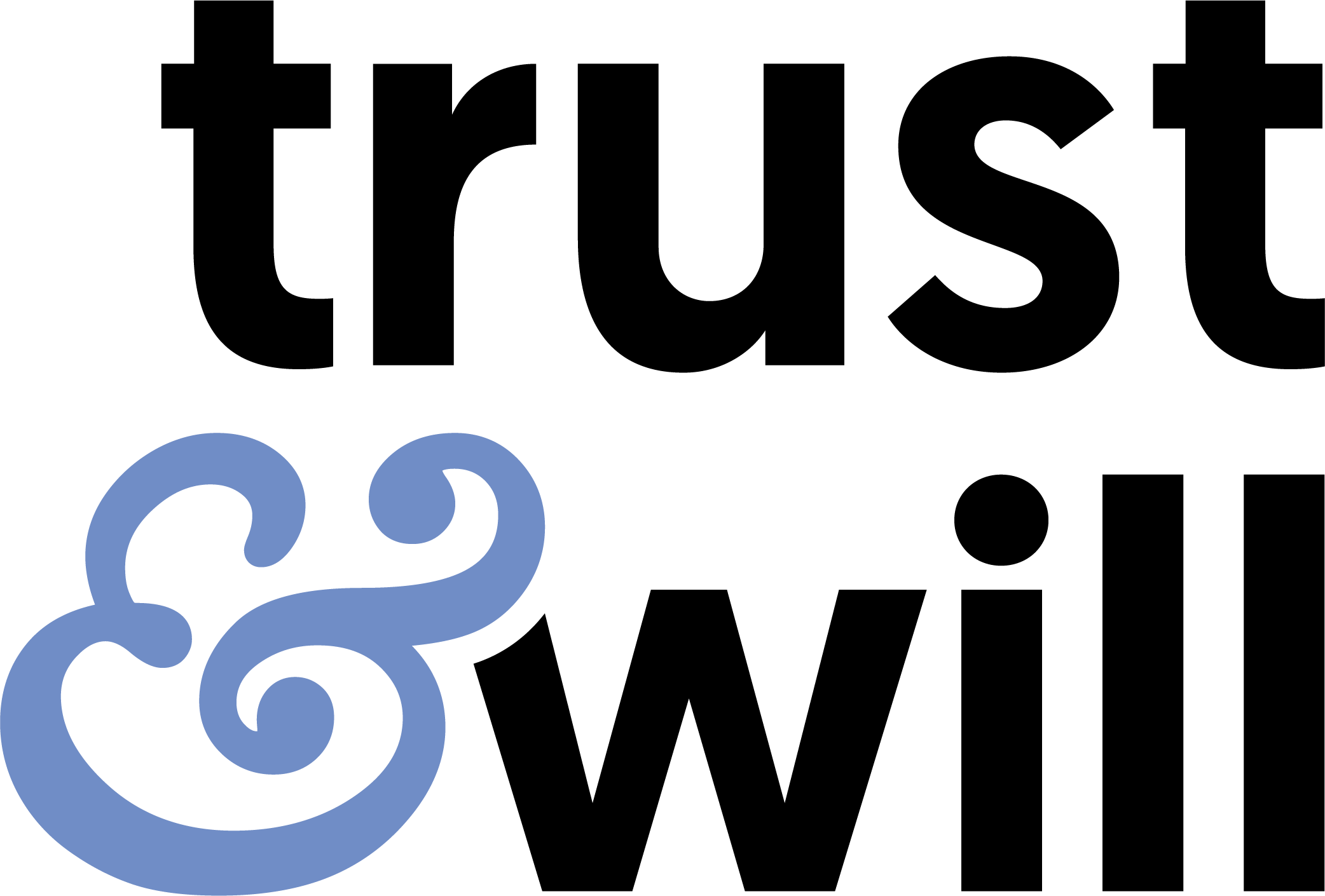 News Release
News Release
BOO! Home Repair Doesn't Have to be Scary!
YourUpdateTV
We love Halloween but what can really give a homeowner a fright is when your house starts making creepy sounds or smelling funny. Not everyone is a repair expert, so how do homeowners know when they need to call an expert? Recently, Mark Dawson, President and Chief Executive Officer of Authority Brands’ Trade Brands, conducted a satellite media tour to share tips that can help consumers make sure their house is in tip-top shape and safe for family and friends this spooky season and beyond. A video accompanying this announcement is available at: https://youtu.be/3DMbh3PDuno Like a regular health check-up, a home maintenance schedule is important for every house's upkeep. Continuing to check on your appliances, heating and cooling, plumbing, and electrical systems will help prevent breakdowns, save money, and keep your home looking its best. It is important to prepare your home for the colder season ahead, to be mindful of those creepy sounds and smells, and to identify and repair any home issues that could cause larger problems for your home and family in the future. No matter what age you are, flickering lights will make you feel uneasy. While most reasons behind flickering lights are nothing to be concerned about, others could mean there’s a bigger issue in the house’s electrical system that could be a safety hazard for you and your family. According to the U.S. Fire Administration, house fires will occur in over 1 million American homes each year, so it’s important to get to the root of the problem sooner rather than later. In fact, one of the main causes of house fires is loose wiring. And loose wiring can present itself as flickering lights. If that’s the case, you’ll need a complete diagnostic to assess the danger and what needs to be addressed. A Mister Sparky electrician will not only try to fix the immediate problem of the flickering light but will inspect the home thoroughly to ensure that there are no loose wires anywhere else in the home. For more info or to request an appointment with your local Mister Sparky visit mistersparky.com. If you hear pipes rattling, thuds when you turn off a faucet, or gurgling sounds in the drain, then your plumbing system might need to be checked. When your plumbing system is working properly, you don't have to think about it. Water comes in, water and waste get removed – that's the end of the story. Unfortunately, things don't always go so smoothly. Sometimes, the plumbing can break down – noisily. When in doubt, call in a qualified plumber to diagnose your noisy pipes and get your plumbing system flowing in peak condition again. Give your local Benjamin Franklin Plumbing a call for any plumbing questions or visit benjaminfranklinplumbing.com for more info. When it comes to your home’s cooling and heating system, the majority of the time you’ll forget it’s there, as new and modern HVAC units are pretty quiet. However, you might come across the occasional clicking or funky smell that might make you think twice about what’s going on with your system. If your air conditioner is making any of these noises - squealing/screeching, rattling, buzzing, clicking, hissing, whistling, humming, cracking, or banging - it is best to consult with a trained, certified HVAC technician to pinpoint the issue and offer you the best advice for fixing the sound. Be sure to call the experts at your local One Hour Heating & Air Conditioning whenever you need fast, reliable service or visit onehourheatandair.com. About Mark Dawson: Mark Dawson, President and Chief Executive Officer of Authority Brands’ Trade Brands, including Benjamin Franklin Plumbing, Mister Sparky Electric, One Hour Heating & Air Conditioning, and STOP Restoration. since February 2022, Chief Operating Officer since July 2019, and a director since April 2020. Mr. Dawson is based in Phoenix, Arizona. Mr. Dawson also has been co-owner of DTRT, LLC from December 2015 to August of 2022. This entity operated two Hand & Stone Massage and Facial Spas located in Arizona. Mr. Dawson was the co-owner of DRTCA, LLC from January 2017 to October 2020 which operated one Hand & Stone Facial Spa located in California. From January 2014 to July 2017, Mr. Dawson served as President and Chief Executive Officer of Franz Branz, LLC d/b/a Bluefrog Plumbing and Drain, LLC, and its affiliates in Phoenix, Arizona. About Authority Brands: Authority Brands is the premier residential services franchising platform providing services from the property line to the roof line. Authority Brands' companies include 12 leading home service franchisors: America's Swimming Pool Company, Benjamin Franklin Plumbing, The Cleaning Authority, Color World Painting, DoodyCalls, Homewatch CareGivers, Mister Sparky, Monster Tree Service, Mosquito Squad, One Hour Heating and Air Conditioning, STOP Restoration and Woofie's. Together, these brands provide home services through approximately 860 franchise owners across North America. Authority Brands, which is headquartered in Columbia, Maryland, is dedicated to supporting individual franchise owner growth with a full suite of marketing, technology, and operational support, allowing them to focus on providing exceptional service to homeowners. Please visit www.authoritybrands.com for more information. About Mister Sparky: Mister Sparky is the #1 largest consumer electrical franchise, offering premium residential services in more than 100 cities across the U.S. Experts at safeguarding homes against potential hazards, the company’s licensed electricians are highly trained and provide customers with installation, repair and replacement services in a fast and reliable manner. America’s On-Time Electrician® is part of Authority Brands, the parent company to leading home service brands across the plumbing, HVAC, electrical services, residential cleaning, at-home care, swimming pool repair and maintenance, tree care, restoration, pet waste removal, and pest control services sectors. For more information, visit www.mistersparky.com and www.authoritybrands.com. About One Hour Heating & Air Conditioning: With more than 370 locations, One Hour Heating & Air Conditioning is the #1 largest HVAC service provider in the United States. With comfort and convenience a top priority, the company offers an extensive line of products and services, including maintenance, installation and repair, that keeps HVAC units running at peak performance year-round. One Hour Heating & Air Conditioning is part of Authority Brands, the parent company to leading home service brands across the plumbing, HVAC, electrical services, residential cleaning, at-home care, swimming pool repair and maintenance, tree care, restoration, pet waste removal, and pest control services sectors. For more information, visit www.onehourheatandair.com and www.authoritybrands.com. About Benjamin Franklin Plumbing: Founded in 2001, Benjamin Franklin Plumbing currently operates more than 260 locations across North America. With an emphasis on customer satisfaction, the company’s highly trained and licensed plumbers offer a full range of plumbing services that meet the highest industry standards including, installation, repair and replacement. The Punctual Plumber is part of Authority Brands, the parent company to leading home service brands across the plumbing, electrical services, residential cleaning, at-home care, swimming pool repair and maintenance, tree care, restoration and pest control services sector. For more information, visit www.benjaminfranklinplumbing.com and www.authoritybrands.com Contact Details YourUpdateTV +1 212-736-2727 yourupdatetv@gmail.com
October 17, 2022 01:00 PM Eastern Daylight Time
Video
 Digital Asset Direct
Digital Asset Direct






